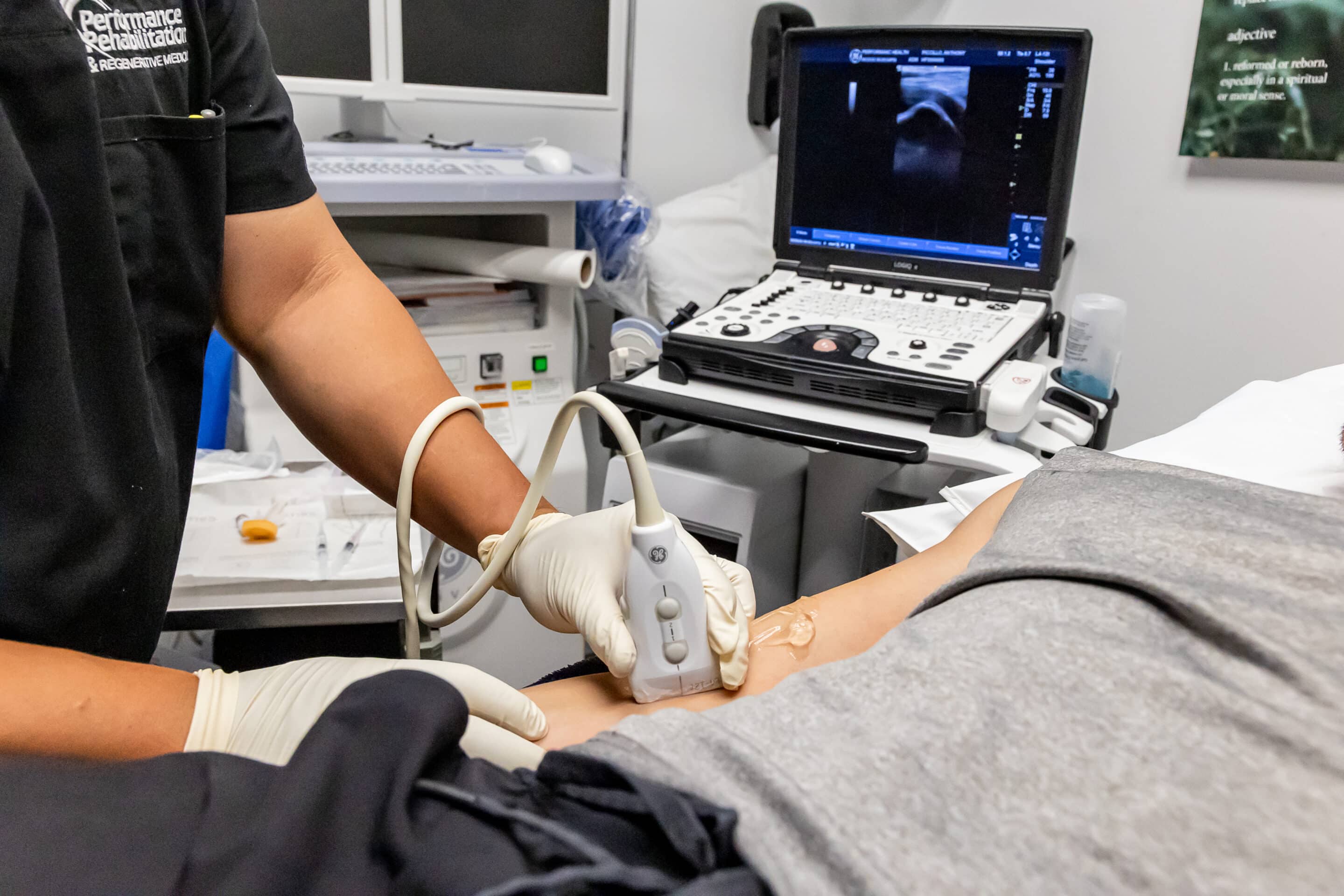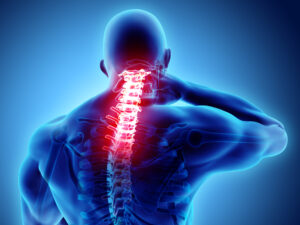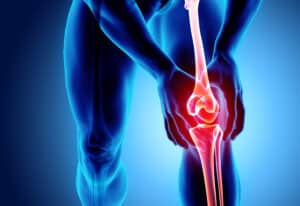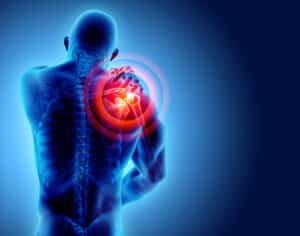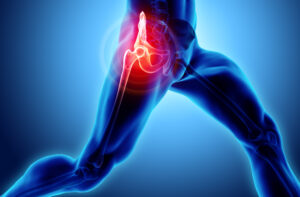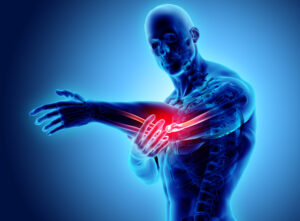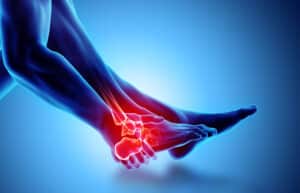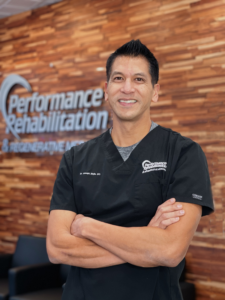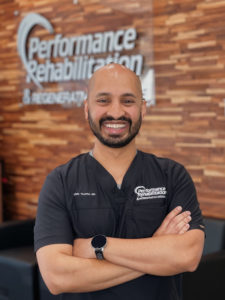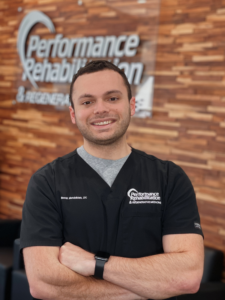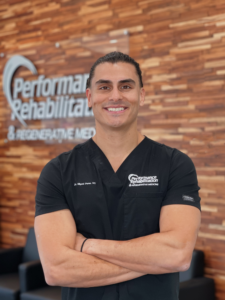A Physical Therapists Guide to Lower Body Hockey Injuries
While warms ups and cool downs help prevent injuries, it’s what you do in between the hockey games and practice that is equally if not more important.
In every sport, it is important for athletes to maintain a “Home Program,” much like physical therapy, to quicken and aid recovery, promote strength and flexibility, and decrease chance of injury. Hockey is a unique sport the encompasses all the main muscle groups of the body and pushes these muscles in dynamic ways involving bursts of speed and strength. The following exercises will help you get back on the ice, perform better, and skate faster.
Straight Leg Raise:
- Lie on your back with your legs straight out in front of you
- Bend one of your knees with your foot planted on the ground
- Tighten the thigh muscles of your opposite leg and straighten
- Raise the leg until it reaches the height of the opposite knee
Physical Therapist Pro Tip: The burn should be felt in the front of your hip and at the end of your thigh muscle.
Side-lying Hip Abduction:
- Lie on your side
- Keep your legs straight
- Be sure your hips and shoulders are aligned vertically to the floor.
- Slowly lift your top leg up towards the ceiling, and back, keeping your foot straight the entire time.
Physical Therapist Pro Tip: The burn should be felt in the side of your thigh/glut region.
Prone Hip Extension:
- Lie face down on your stomach
- Keep your legs straight
- Slowly raise one leg toward the ceiling.
Physical Therapist Pro Tip: The burn should be felt in your glut region, but can extend down to your knee.
Prone Glute Lift:
- Lie face down on your stomach
- Straighten your legs
- Bend one of legs at a 45-degree angle
- Slowly raise that leg toward the ceiling.
Physical Therapist Pro Tip: The burn should be felt in your glut region, but can extend down to your thigh.
Wall Squats/Sits:
- Stand with your head and back against a wall
- Position your feet shoulder width apart and a short distance away from the wall
- Slide your body downward and stay for 10 seconds, then return back to upright position.
Physical Therapist Pro Tip: Do not bend more than 45 degrees. The knees should bend in line with the toes and not cross the front of the foot. Wall Sits are to be held at end range, maximizing contraction time.
Calf Stretch 1:
- Stand in front of a wall or another sturdy object.
- Step forward with one foot and bend your knee while keeping the leg behind you straight
- Lean forward towards the wall and support yourself with your arms as you allow your front knee to bend until a gentle stretch is felt along your straight leg.
Calf Stretch 2:
- Stand in front of a wall or another sturdy object.
- Step forward with one foot bending both knees
- Lean forward towards the wall and support yourself with your arms as you allow your front knee to bend until a gentle stretch is felt along the back of your leg that is behind you.
- Move closer or further away from the wall to control the stretch of the back leg.
Physical Therapist Pro Tip: Move closer or further away from the wall or adjust the bend of the knee to control the stretch of the back leg.
Keep up with these exercises in between games and practice to rehabilitate lower body injuries as well as prevent the risk of injury. Also, be sure to properly warm up, stretch, exercise, and cool or ice down as needed. Your team is counting on you.

